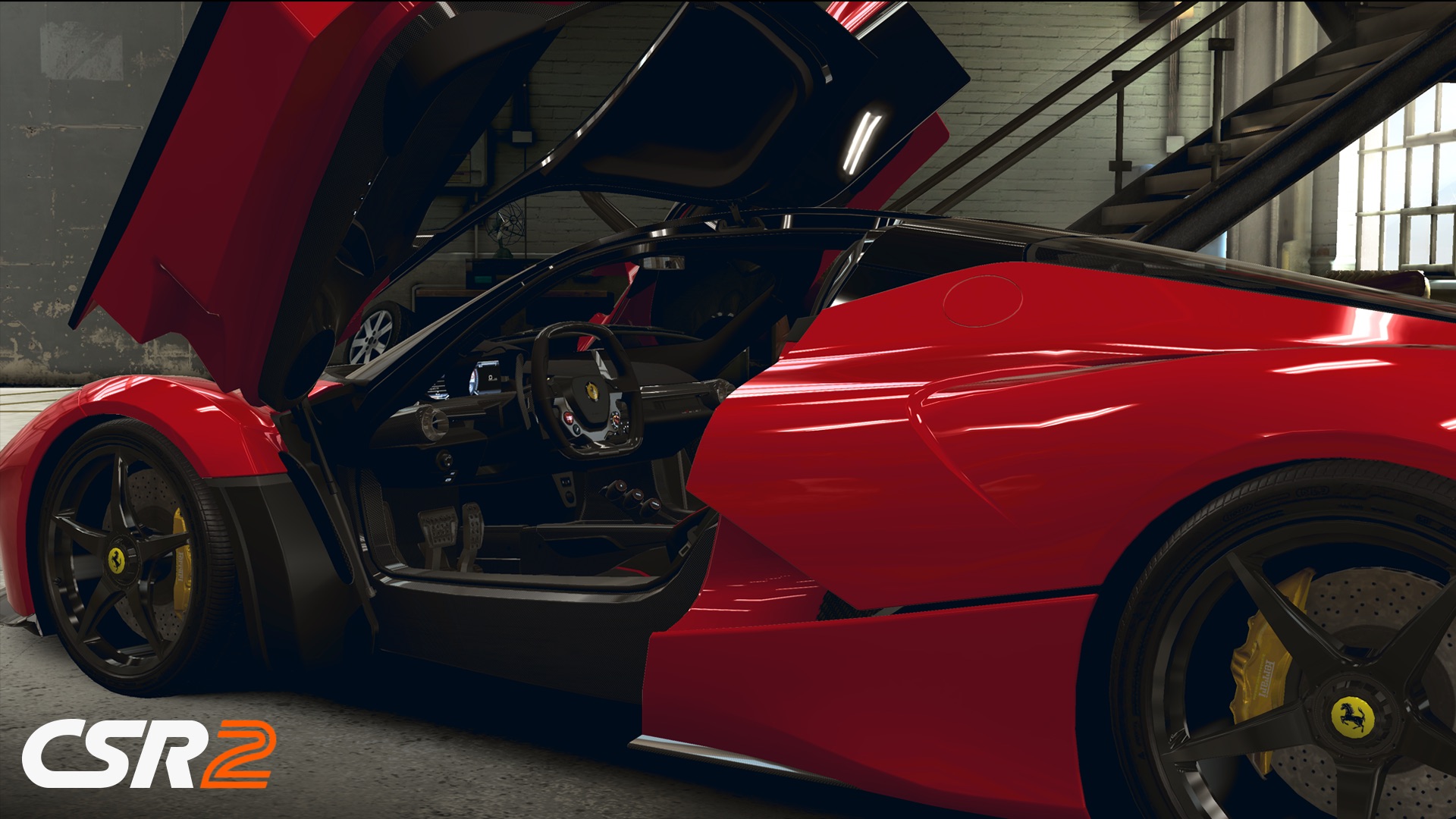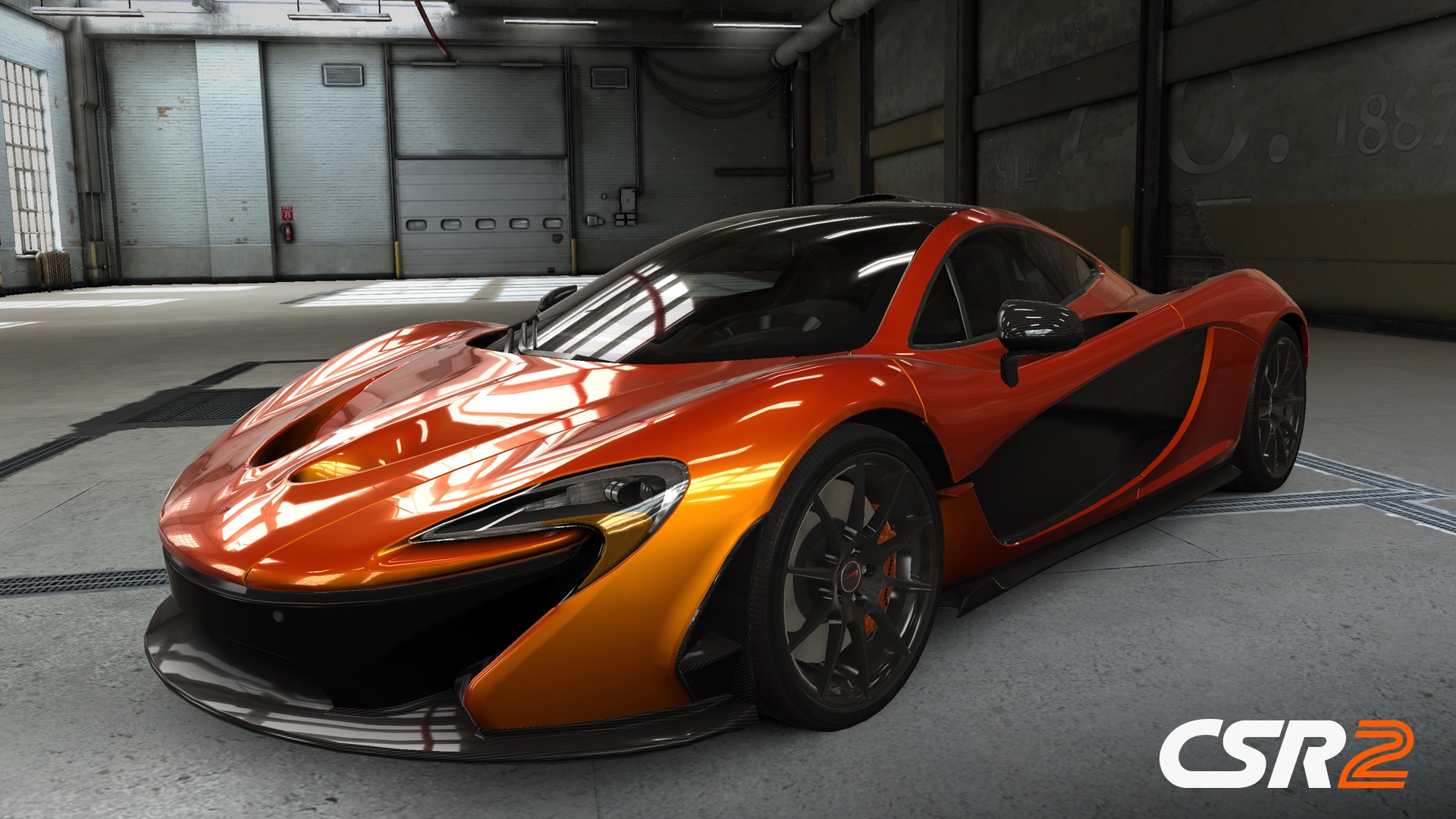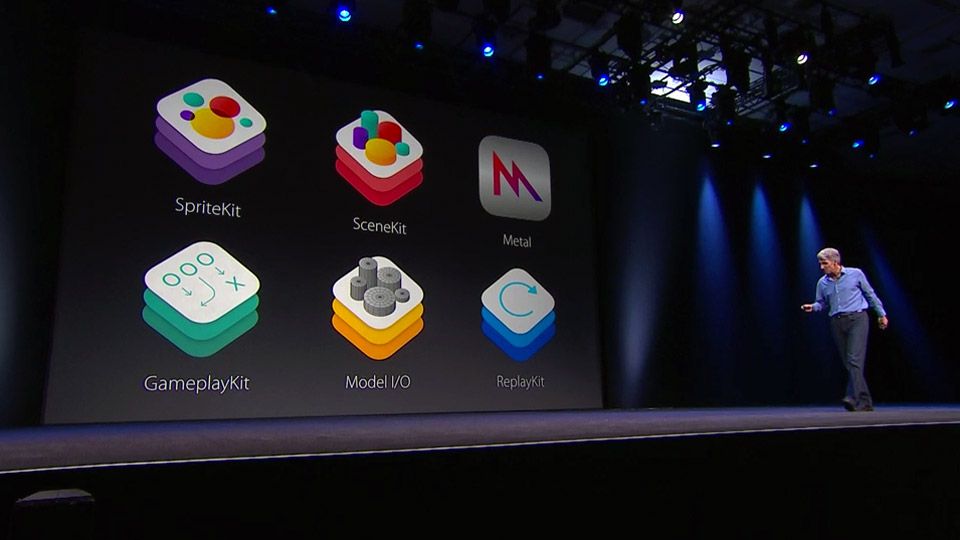/cdn.vox-cdn.com/uploads/chorus_image/image/61204129/CSR2_Key_Art.0.0.1488590465.0.png)
Zynga seems tainted.
If you spend your time gaming on consoles and PC, think Zynga, and you probably think about Ville games, casual games, the kind of stuff that your brother’s friend Art’s mom invites you to play on Facebook to get all those coins, man. That view of Zynga has merit. But it is not the only view of Zynga.
At E3 2015, we saw NaturalMotion’s CSR2, a stunning game from a Zynga company that turned the easy characterization on its head, shook the change out of its pockets and kicked it down the drain.
Zynga, holy crap, is coming out with some serious, honest-to-goodness games. And they have Oxford university, the former head of Xbox and the folks behind Grand Theft Auto to thank.
HOW IT GOT THIS WAY
Zynga made its millions convincing people — often, people who wouldn’t have self-identified as gamers — to play games like FarmVille and Zynga Poker. It did this not on dedicated gaming devices but social networks like Facebook and, later, mobile devices, thanks to the smartphone revolution.

In the years after its founding in 2007, Zynga displayed an almost preternatural ability to identify gaming’s emerging frontiers and create casual games there that hooked millions. It did that, in part, by convincing those players — already a voluntary part of a social network — to recruit millions of their friends. Hence Art’s mom and your Uncle Bob, who are always asking you to join in on the fun and fill your virtual banks with loot.
Zynga made the right games in the right places at the right time with the right strategy and reaped the windfall. Success led to expansion. It acquired developers, opened new offices, created its own standalone social network. And it did so largely without appealing to video games’ standard player base. Traditional gamers didn’t have to give a fig about Zynga’s games. They could disparage them all they wanted. Zynga was still wildly successful. At its height in Q2 2012, it reported 72 million daily active users playing its games.
Lately, though, Zynga has been losing its millions, both in terms of money and users, sometimes hundreds of millions at a time. The last few years haven’t just seen declining profits. Zynga has gone through several rounds of layoffs, CEO transitions and, in April 2014, reported that DAUs of its games had slid from 52 million during Q1 2013 to 28 million in Q1 2014. Of course, DAUs are not the only measurement of success, but it’s hard to see the absence of 24 million players as a positive.
Since the tides turned, Zynga has sought to reverse its fortunes. That process is still ongoing, and it involves expanding upon its traditional offerings, the kind that are so easy for so many to dismiss.
Perhaps the most concrete example of Zynga’s willingness to change came in July 2013, when the company announced that its founder, Mark Pincus, was stepping aside as CEO. In his former role stood Microsoft’s recently departed head of Xbox, Don Mattrick. During the next two years, Mattrick changed the way Zynga ran, with a focus on greater efficiency coupled with an expansion of the kinds of games that the company offered — and where it offered them. But for all of Mattrick’s changes, they did not entirely reverse, at least in the near term, Zynga’s financial fortunes. Today, Mattrick is out and Pincus is back at the helm.
Ill fortune doesn’t mean anyone should count Zynga out — or that the acquisitions it made were all for naught. In fact, the time we spent with the CEO of a Zynga acquisition during E3 convinced us that, at least in one respect, the casual game company acquired something very special.
NATURALMOTION
Let’s hop back a few years to Grand Theft Auto 4’s release in 2008.
One of the open-world game’s back-of-the-box features was a technology for making non-playable characters behave naturally. As you, oh, say, plowed through a crowd of random pedestrians at 88 mph, hapless digital characters freaked out in ways that seemed appropriate for anyone minding their own business as a motor vehicle barreled toward them. This was made possible by a piece of software called Euphoria.
The software was created by a little-known British developer that worked with the well-known British developer Rockstar Games, creator of the GTA series. That little company, originally spun off from a research project at Oxford University, was and is called NaturalMotion.
Its foray into video games began with middleware. If you play games and don’t recognize the name, you probably still familiar with it. When you launch a game and are greeted by a splash screen of various logos — Autodesk Gameware, Bink Video, Havok — that’s middleware saying hello. NaturalMotion developed software like Euphoria and the animation suite Morpheme, which it licensed to third-parties like Rockstar, who integrated the former into Grand Theft Auto 4.

Not long after Grand Theft Auto 4, NaturalMotion began making games of its own. In 2009, it released its first game, Backbreaker Football, using Morpheme. The following year, it created a new division called NaturalMotion Games. It is perhaps most popularly known for creating Clumsy Ninja, an interactive toy that NaturalMotion CEO Torsten Reil revealed alongside Apple’s iPhone 5. The app’s floppy assassin was powered by Euphoria.
NaturalMotion released other games in the years since like CSR Racing, which it developed in collaboration with a studio called Boss Alien. CSR Racing made its debut onstage at Apple’s WWDC keynote in June 2012. The free-to-play drag racing game hit the iOS App Store later that month. In August, Reil said CSR was earning more than $12 million a month — and that NaturalMotion acquired Boss Alien.
CSR eventually made its way to Mac and Android. The developers released a follow-up called CSR Classics, which focuses, as the name implies, on classic cars.
At E3 2015, we got to see NaturalMotion’s next step in the series: CSR2. It is, without hesitation, the best-looking game we’ve ever seen on a portable device.
CSR2
We arrive at our E3 appointment early, and Zynga is having technical problems in their meeting room.
Torsten Reil is there, and we introduce ourselves. He apologizes, but it’s fine. The TV he’s been using to demo the game I’m about to see flaked out.
If it’s OK with me, he says, we can just do the demo sitting at a high table looking at Apple’s latest and greatest tablet, the iPad Air 2. No problem.
Here’s what you should know about that device: It is insanely powerful. Released last October, as with almost all Apple products, it is thinner, lighter and more powerful than its predecessor. But the iPad Air 2 is deceptive. In its review, our sister site, The Verge, called it "a monumental achievement in the field of iterative improvement." It looks an awful lot like its predecessor, but under the hood there’s some more-than-serious computing power. The Verge’s benchmark tests put Apple’s latest tablet at roughly the same power as a 2011 MacBook Air — like, you know, an actual laptop.
Being forced into a suboptimal tabletop demonstration was the best possible accident that could have befallen Reil. The iPad Air 2 showed CSR2 in its native environment, and it looked glorious.
I know what that sounds like, but it’s true.
Projected onto the TV, CSR2’s colors would have certainly been washed out. And it would have been shown at a lower resolution, too: The iPad Air 2’s resolution is 2048 x 1536 pixels. That’s more than 50 percent more pixels than a standard 1080p HDTV. Sitting next to Reil, just a couple feet from the iPad, it was clear that the game’s attention to detail was astounding.
We began in CSR2’s built-in virtual garage, where the CEO showed off hypercars by manufacturers like McLaren, Lamborghini and Ferrari. To this diehard Top Gear fan with an appreciation for fine motorsport, the models looked identical to their real-world counterparts. Reil showed me the working parts like trunks that open, rear spoilers that extend and suspension that drops when racing modes are engaged.

Again, the attention to detail was shocking — and in some ways, arguably unnecessary. Did NaturalMotion need to model the McLaren P1’s trunk opening? No. Or to work with Ferrari to model the La Ferrari’s interior cloth with hyper accurate colors? Certainly not. But that it did speaks to a love of cars and an appreciation of the licensed vehicles they’re recreating in the digital realm.
"So is this Metal?" I ask, referring to Apple’s technology designed to give game developers more direct, fine-tuned access to the graphics hardware. In fact, it is. Much of what they’re able to do is thanks to that API, he says.
Our tour through the virtual garage complete, he takes a car out for a race, pitting it against a Dodge Charger, a beast of an American muscle car. The sounds, the physics, he tells me, they’re all real-world accurate. He knows he can beat the Charger, but he’s got to concentrate. If he doesn’t shift at just the right time, he’ll blow it.
The CSR series has a smart design for a racing game envisioned for mobile devices. It eschews the obvious and well-trodden path of other racing games where you traverse tracks and turn your device to steer. Instead, it focuses exclusively on a single race type with the simplest tapping controls possible. It is a quick, exacting and easy-to-understand burst of portable gameplay designed for the device it was born to run on. And it is filled with beautiful cars.
The timer counts down, the cars are off.
The timer counts down, the cars are off. Reil is watching his tachometer, waiting for it to climb to red and the optimal time to shift. On the iPad Air 2, the camera follows both cars barreling down the drag srip. For a few seconds, it looks like the Charger’s got him, and he groans. But in the late stages of the race, which couldn’t have lasted more than 15 seconds, he pulls ahead and wins.
We’re back in CSR2’s garage again, and he’s almost aimlessly swiping to rotate the McLaren P1, which coated in familiar, factory-accurate orange. Not for the first time, I think that this looks as good as Forza, whose Xbox One debut launches with a P1 joyride. Except it’s better in at least one way, pushing more pixels than even the Xbox One does at 1080p. Then again, it's way more focused. CSR2 is about understanding the device it's on, doing comparatively little and making it beautiful. Forza harnesses much more power and does a lot more, also beautifully.

Reil stops to point something out. I lean in. The garage’s fluorescent lights leave streaky illuminated reflections on the car’s hood. He points out that, if you follow those reflections across the car, you can see that they change the hood’s underlying color slightly. This is Metal at work, he says, rendering the reflections through several layers of paint on a car that is not real but, at this point I think, might as well be.
This is the point of CSR2, of course: to offer ever more beautiful hypercars available to win or purchase, appealing to our avarice. It's not mean or diabolical. It's a proven way for a developer to make money, actually, based on an understanding of human desire. We can race to earn them, if we want. Or, because it’s a free-to-play game, we can give NaturalMotion a couple bucks, maybe, and drive it now.
I don’t know how CSR2 will look on my original iPad Air. I know it won’t look this good. I know, and Reil confirms, that Metal will scale the game’s graphics to custom fit the device I’m on. So maybe my iPhone 6 Plus will be my virtual drag strip of choice. The screenshots throughout this article, Zynga says, were taken on an iPhone 6.
I don’t even know if I’ll find the drag racing any fun. But you can be damn sure that I’ll download the game when it’s released later this year. And even if I’m not into drag racing, I’ll bet you dollars to donuts that I’ll spend time in my virtual garage, tapping and gawking at digital representations of hypercars I’ll never own, at least not in the real world. And I'll appreciate Zynga a little more, too.

